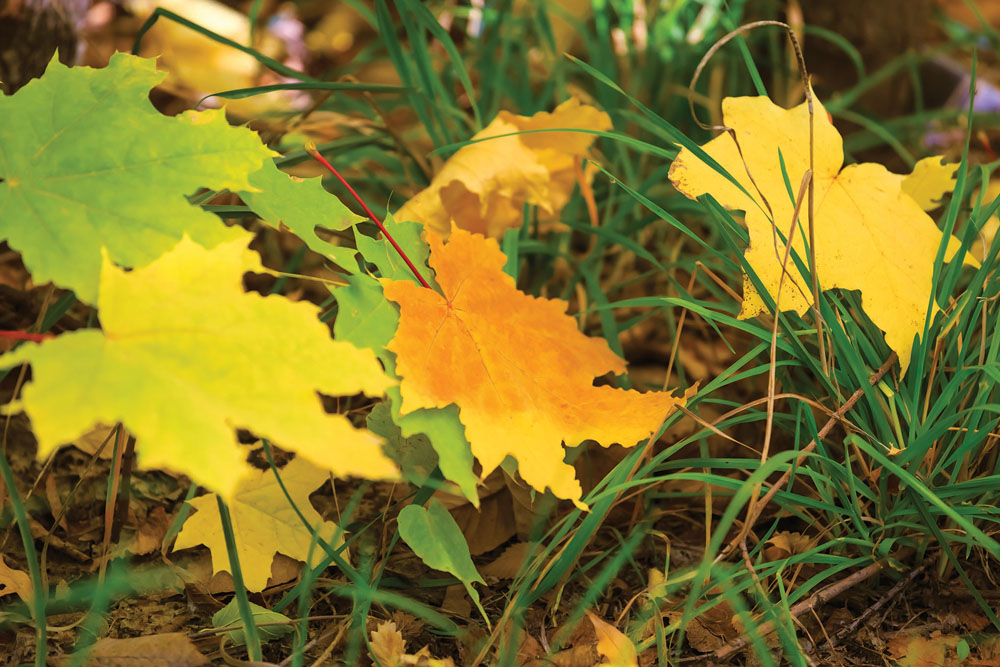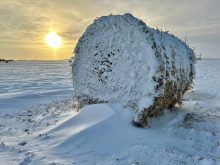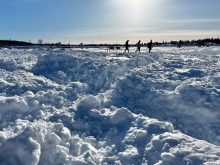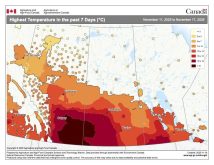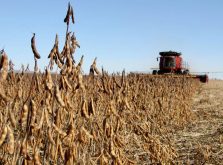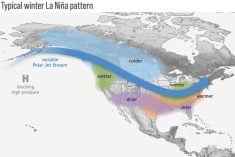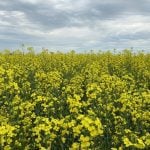No matter which way you look at it, climatological or astronomical, we are well into fall. From a climatological point of view, the first month of fall has come and gone and to me it seems like a blur. It is already time to do a monthly look back at the weather across our great region, then look ahead to see if any of the weather models have changed their long-range outlooks.
So, we will take a break from our look at clouds to see how all the weather numbers added up in September.
It seemed like we got a bit of almost everything weather-wise in September. There were some really nice days, some cool/cold mornings (but that might be because I was doing a lot of biking to work, which just made it feel like it was colder), and a few rainy days thrown into the mix. I don’t remember any long periods of cool weather.
Read Also
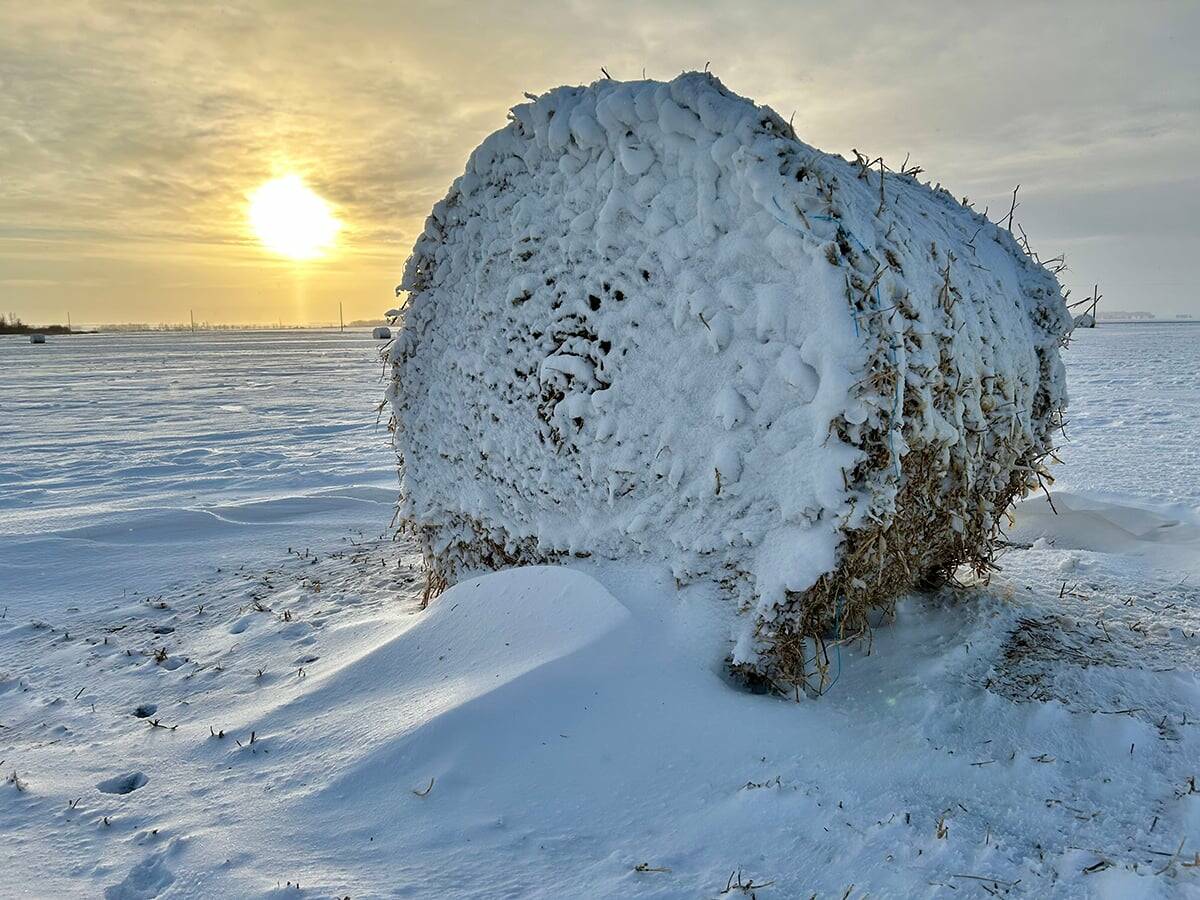
What is perfect Christmas weather?
What is ‘perfect’ Christmas weather on the Prairies? Here’s where you should head this holiday, according to historical weather data.
When we look at the numbers for our three representative sites (Winnipeg, Brandon, Dauphin), the picture emerging is that September was warmer and drier than average, which surprised me a bit. Maybe that is due to how warm last September was. If you can’t remember, average temperatures last September were about 3 C above the long-term average as summer seemed to never want to end.
So, while this September was warm, it does not compare to last September.
How warm was it?
Looking at absolute values, both Winnipeg and Dauphin tied for the hot spot with a mean monthly temperature of 14.5 C. Brandon was a little cooler with a reading of 13.5 C. Compared to the long-term average for each station, relative temperatures warm up from east to west. Winnipeg came in about 1.5 C above average, Brandon about 1.7 C, and Dauphin a very warm 2.5 C above average.
Usually, if it is warmer than average in September, it turns out to be drier than average, and this was the case this year. Rainfall (no snowfall this September, thankfully) was fairly uniform across the regions, with amounts ranging from a low of about 25 millimetres in Brandon to just over 35 mm in Winnipeg. It seemed wetter across eastern regions, as represented by Winnipeg, since that region saw well-above-average rainfall in August.
Who called it?
Overall, it was a warm and dry September across agricultural Manitoba. When we look back at the different forecasts for the month, the two almanacs were totally wrong. They forecasted a cold and wet September.
NOAA’s forecast of near-average temperatures and precipitation was a safe bet, but we cannot say it was a good forecast. The CFS model, one of the keys I use when creating forecasts, called for above-average temperatures with near-average precipitation. Not too bad of a forecast, though they missed out a bit on the precipitation.
Next up is the European weather model or ECMWF. It called for above-average temperatures along with near- to below-average precipitation. This means the win goes to the ECMWF weather model. My weather outlook for September simply agreed with this model, so I do not feel I should share in the win.
Now, on to the latest fall and early winter outlooks. I always like to start with the almanacs for a couple of reasons. First, and you have to give them credit for this, they create a whole year’s worth of monthly forecasts once a year and then just stick with it. All the other forecasts are updated.
Secondly, the almanacs like to claim they are usually about 80 per cent accurate and if you have been following my monthly reviews over the years, we rarely see the almanacs in the win column. It does happen, but not anywhere close to 80 per cent of the time.
Now on to their forecasts or outlooks. The Old Farmer’s Almanac calls for a warm October followed by near-average temperatures in November and December. Precipitation is predicted to be near average in all three months.
The Canadian Farmers’ Almanac appears to call for a cold and wet October as it mentions cold, snow and stormy conditions. November and December also look to be cooler than average, but not as bad as October, as it mentions fair weather several times. It does look like it will be a wet two months as it mentions snow, heavy snow and storms several times.
Looking at the weather models, starting with NOAA: its current prediction is for an equal chance of above- or below-average temperatures and precipitation, which I usually take as near-average values.
The ECMWF model calls for warmer-than-average temperatures in October, slowly cooling to near or slightly above average by December. Precipitation is forecast to be near to below average in October, near average in November and near to above average in December. Moving on to the CFS model, it calls for well-above-average temperatures in October and then just-above-average temperatures in November and December. The CFS precipitation forecast is identical to the ECMWF, with below-average amounts in October, near average in November and near to above average in December.
Finally, the Canadian CanSIPS model calls for near- to slightly above-average temperatures in all three months with near- to slightly below-average precipitation.
Last is my two cents. With both the ECMWF and CFS models being mostly in agreement, I will have to give them the nod. Now, just as we do every month, we have to sit back and see how things play out.


